Responsible Wildlife Viewing: Best Practices Guide
Discover how responsible wildlife viewing protects the very creatures you love to observe – ensuring the future of Ontario's unique reptile populations.
Ethical wildlife viewing practices ensure future generations can experience Ontario's remarkable reptiles while supporting critical conservation efforts today.
The Foundation of Ethical Wildlife Viewing
At Terra Nova Scales, our conservation philosophy places the welfare of wildlife above all else. We advocate for observation that creates connection without disruption, allowing nature to unfold untouched.
Rooted in scientific principles, our minimal-impact observation techniques are designed to respect the natural behavior and habitats of Canadian reptiles. This approach is not just ethical; it's essential for long-term species conservation and aligns with Ontario's legal frameworks for wildlife interaction.
- Science-based guidelines developed with leading conservation organizations.
- Proven impact reduction strategies from decades of field research.
- Understanding legal frameworks governing wildlife interaction in Ontario.
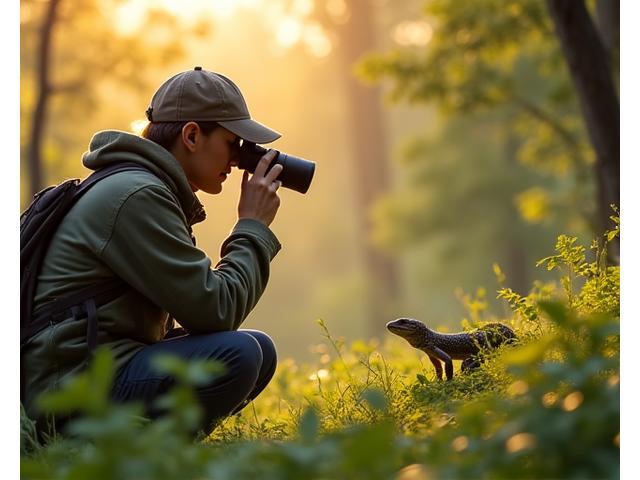
Reptile-Specific Viewing Best Practices
Different species require tailored approaches. Our guidelines help you observe safely and ethically, ensuring the well-being of every creature.
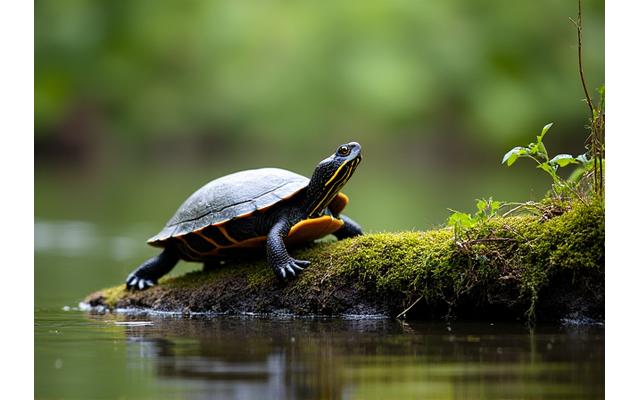
Turtle Observation Protocols
Learn to identify nesting sites and basking behaviors, maintaining distances of at least 10 meters to prevent disturbance to these sensitive reptiles. Avoid sudden movements or loud noises that could cause them to retreat or abandon critical activities.
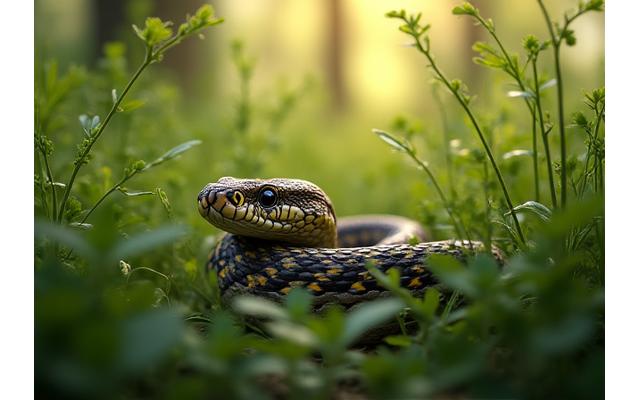
Snake Encounter Safety & Ethics
Maintain a safe and ethical distance of at least 2 meters. Never attempt to handle or provoke snakes. Understanding their camouflage and movement patterns allows for rewarding observations without risk to you or the animal.
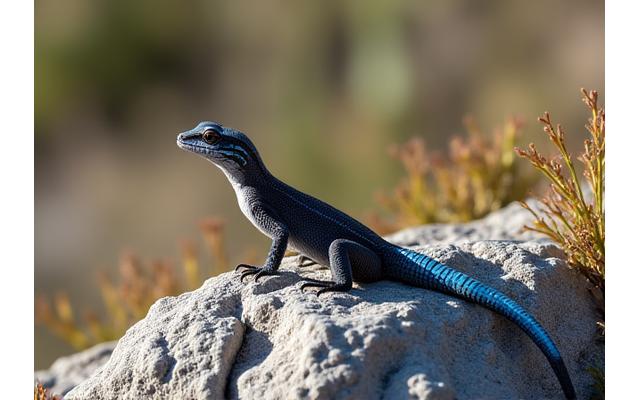
Lizard Viewing Techniques
Lizards can be territorial. Observe from a distance that doesn't cause them to flee or alter their normal activities. Avoid disrupting their basking spots or hiding places, especially during cooler periods when thermoregulation is vital.
Protecting Fragile Reptile Habitats
Every step we take has an impact. Learn how to tread lightly and preserve the critical ecosystems where Ontario's reptiles thrive.
Wetland Viewing Strategies
Stay on designated paths and boardwalks to prevent erosion and damage to delicate wetland vegetation. Disturbing these areas can directly impact amphibian and turtle breeding grounds and food sources. Observe patiently from a distance.
Forest Floor Protection
When observing woodland species, be mindful of where you step. Many snakes and salamanders rely on leaf litter and fallen logs for shelter and foraging. Avoid turning over rocks or logs; this displaces animals and destroys their homes.
Rocky Outcrop & Hibernaculum Respect
Rocky outcrops often serve as critical basking sites and hibernacula (overwintering dens). Approach these areas with extreme caution, maintaining distance. Never block entrances or disturb the rocks themselves, as this can expose vulnerable reptiles to predators or extreme temperatures.
Leave-No-Trace for Reptile Habitats
The fundamental principle of 'Leave No Trace' is paramount. Pack out everything you pack in, and leave natural objects as you find them. This includes not collecting shells, rocks, or plants, which are vital components of the ecosystem.

Enhancing Wildlife Understanding Through Observation
Responsible observation is more than just viewing; it's an opportunity to deepen your understanding and contribute to conservation.
Field Guides & Identification
Equip yourself with accurate field guides for species identification. Knowing what you're looking at enhances the experience and aids in reporting.
Behavioral Interpretation
Learn to interpret reptile behaviors – basking, foraging, mating displays – to understand their world without intrusion. This is key to genuine connection.
Citizen Science Opportunities
Participate in citizen science initiatives. Your responsible observations can provide invaluable data for researchers and conservation efforts across Ontario.
Avoiding Harmful Wildlife Viewing Practices
To truly protect wildlife, we must actively avoid practices that, however well-intentioned, can cause harm.
Flash Photography
Sudden bright flashes can disorient nocturnal or crepuscular reptiles, disturb their behavior, and cause undue stress. Always use natural light or avoid flash entirely.
Handling & Capture
Never handle or attempt to capture any wild reptile. This can cause severe stress, injury, and can be dangerous for both you and the animal. Observe from a distance.
Habitat Alteration
Moving rocks, logs, or vegetation disrupts reptile shelter, hiding places, and thermal regulation spots. Always leave the habitat exactly as you found it.
Group Size & Noise
Large groups and excessive noise can easily frighten sensitive species, causing them to abandon critical activities or expose themselves to predators. Maintain small groups and quiet observation.
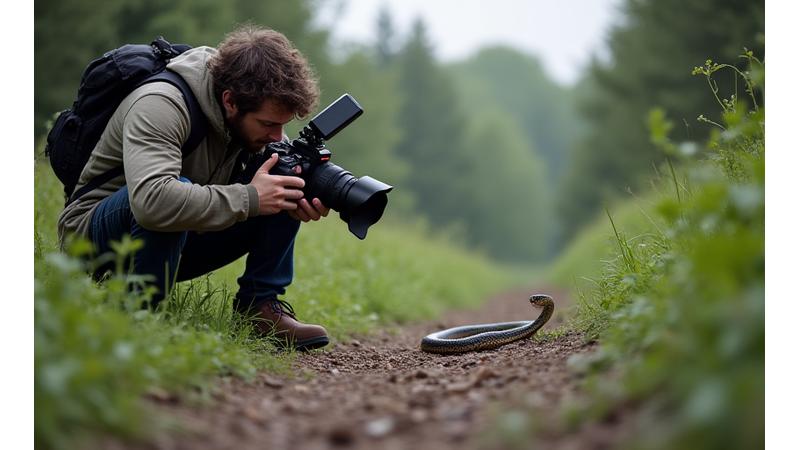
Professional Development in Ethical Wildlife Viewing
For guides, educators, and tour operators, our professional training programs set the standard for responsible eco-tourism.
Elevate your expertise with certifications and workshops that integrate cutting-edge conservation science with practical, ethical field techniques. Ensure every expedition supports both education and the health of our ecosystems.
Guide Certification Programs
Become a certified Terra Nova Scales guide, leading with integrity and responsible viewing leadership.
Educator Workshops
Empower your school or nature center staff with best practices for engaging and educating the next generation.
Tour Operator Training
Comprehensive training covering legal requirements, ethical considerations, and sustainable tour operations.